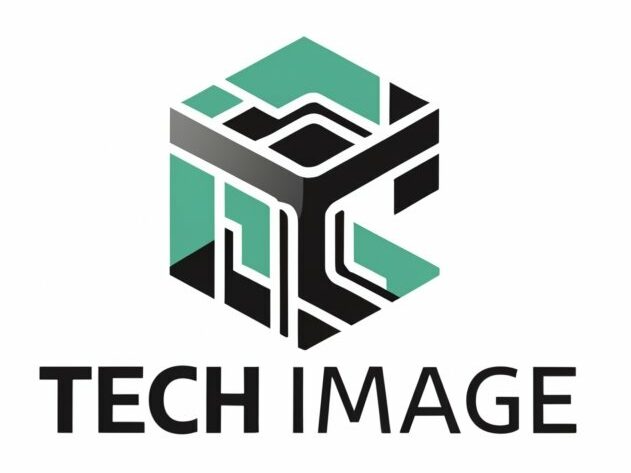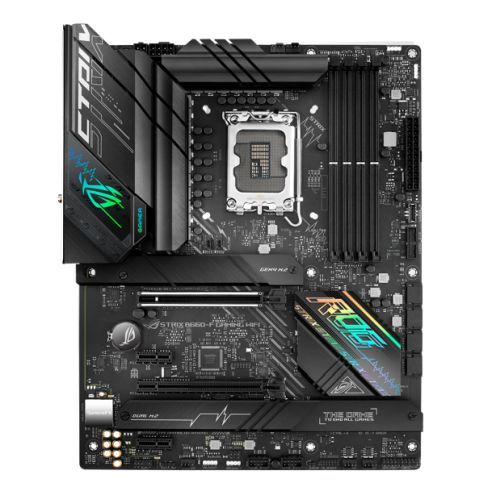Introduction
Building your own PC can be an incredibly rewarding experience. It allows you to tailor your system to your specific needs, whether you’re a gamer, a content creator, or simply need a powerful workstation. At the heart of this endeavor is choosing the right motherboard, a crucial decision that can make or break your build. In this comprehensive guide, we’ll explore the key factors you should consider when selecting a motherboard for your PC build.
Understanding Motherboards
Before diving into the selection process, it’s essential to understand what a motherboard is and its role in a computer. A motherboard is the main printed circuit board (PCB) in a computer, serving as a hub where most of the computer’s components and peripherals connect. It dictates the kind of CPU, RAM, and expansion cards you can use, and also influences the computer’s future upgradability.
Key Components of a Motherboard
- CPU Socket: Determines the processor’s compatibility.
- RAM Slots: For memory modules, affecting capacity and speed.
- Expansion Slots: Including PCI and PCIe slots for graphics cards and other components.
- Storage Connectors: Such as SATA and M.2 for hard drives and SSDs.
- Rear I/O Panel: Housing USB, audio, and other ports.
- Chipset: Dictates the motherboard’s capabilities and features.
Factors to Consider When Choosing a Motherboard
1. Form Factor
- ATX, Micro-ATX, Mini-ITX: These are common form factors, each varying in size and expansion capabilities. Larger boards (like ATX) typically offer more expansion slots and features, while smaller boards (like Mini-ITX) are great for compact builds.
2. Processor Compatibility
- Ensure the motherboard’s socket matches your chosen CPU (e.g., Intel’s LGA 1200 for 10th and 11th Gen processors or AMD’s AM4 for Ryzen chips).
- The chipset should also be compatible with the processor to unlock its full potential.
3. RAM Compatibility and Capacity
- Check for the number of RAM slots and the motherboard’s maximum supported memory.
- Also, consider the supported memory speeds; higher speeds can offer better performance, especially for gaming and heavy applications.
4. Expansion Options
- Consider the number and types of PCIe slots based on what you plan to install, such as graphics cards, sound cards, or additional storage controllers.
- The presence of M.2 slots for NVMe SSDs is also crucial for modern high-speed storage solutions.
5. Connectivity and Ports
- Ensure it has enough USB ports, including USB 3.0 or 3.1 for high-speed data transfer.
- Look for additional features like Thunderbolt, HDMI, or DisplayPort outputs, especially if you plan to use integrated graphics.
- Ethernet and built-in Wi-Fi capabilities are also key considerations.
6. Quality and Durability
- Opt for motherboards with solid build quality, reliable capacitors, and effective cooling solutions to ensure longevity and stable performance.
- Brands like ASUS, MSI, and Gigabyte are known for their quality and durability.
7. BIOS and Overclocking Features
- A user-friendly BIOS can make setup and troubleshooting much easier.
- If you’re interested in overclocking, look for motherboards that offer robust overclocking features and adequate cooling options.
8. Aesthetic Considerations
- For those who care about aesthetics, motherboards with built-in RGB lighting and color schemes that match other components can be appealing.
Additional Tips
Read Reviews and User Feedback
- Check online reviews and forums for user experiences and potential issues with specific motherboards.
Future Proofing
- Consider future upgrades; a motherboard with spare expansion slots and additional RAM capacity can extend the life of your build.
Budget
- Balance the features you need with your budget. High-end motherboards offer more features but at a higher cost.
Conclusion
Choosing the right motherboard is a critical step in building your dream PC. It requires careful consideration of several factors, including form factor, CPU compatibility, RAM, expansion options, connectivity, quality, BIOS features, and aesthetics. By taking the time to research and understand these aspects, you can select a motherboard that not only meets your current needs but also accommodates future upgrades, ensuring a build that will serve you well for years to come.

